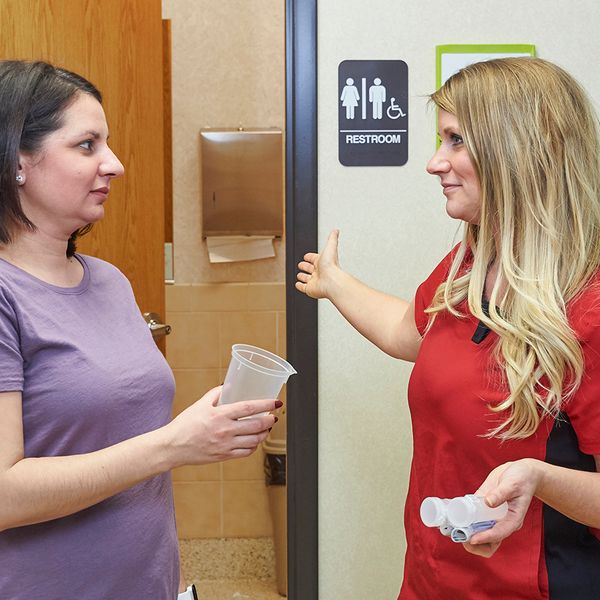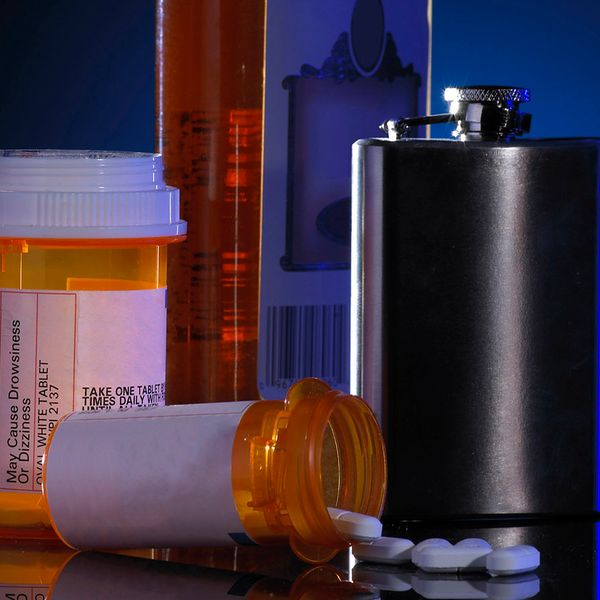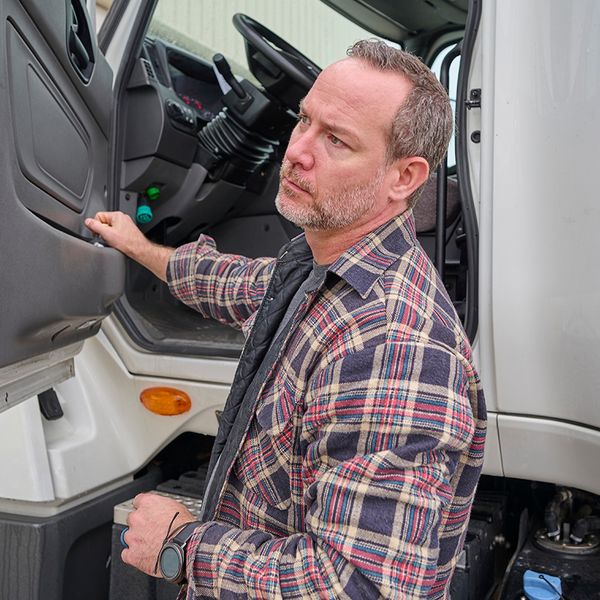Make sure your DER understands DOT testing rules
A lot rests on the shoulders of your designated employer representative (DER). If the DER doesn’t have a clear understanding of the DOT drug and alcohol rules or chooses to ignore them, it can lead to serious consequences.
Aside from fines and penalties, failure to carry out the role of DER can potentially result in:
- A driver who may be operating your vehicles while under the influence; or
- A harmed driving career, if the DER misunderstands what is a violation (refusal, actual knowledge).
What is a DER?
According to 49 CFR Parts 40 and 382, a DER must be an employee of the motor carrier. This means a service provider (e.g., consortium/third-party administrator (C/TPA)) cannot take on the role.
The DER is identified as the point of contact between the carrier and its service providers — labs, medical review officer (MRO), collection sites, C/TPA, Substance Abuse Professional (SAP) — to receive communication. The DER is given authority by the company to take action, including removing a driver from a safety-sensitive function.
What department is the DER from?
Neither the Federal Motor Carrier Safety Regulations (FMCSRs) nor general USDOT regulations specify a job title or department for the DER. Some companies give the role to someone in Operations or Safety, while others ask someone in Human Resources to communicate with service providers and drivers when necessary. The DER may bring in a driver supervisor to help carry out, for example, removing a driver from a safety-sensitive function.
The role of the DER is often blended with program administrator tasks. The DER is not necessarily the person who performs an in-house random selection or assembles the driver roster for a service provider, although it could be.
Also, it may not be the person who notifies the drivers that they have been selected for a test, but there is nothing prohibiting the DER from taking on the task.
Drivers must be notified who the DER is because of potential interaction.
Is the trained supervisor the DER?
The DER is not necessarily the supervisor who is trained in reasonable suspicion (382.603). There is nothing prohibiting this dual role if the company so wishes.
The regulations do not require specific training of the DER, but the individual must know and apply the DOT drug and alcohol requirements. It would be a good safety management control to make sure the DER completely understands Parts 40 and 382 requirements.
Key to remember
Even though the FMCSRs don’t specify a job title or department to carry out the role of DER, nor do they require specific training, motor carriers need to be able to defend their choice of DER.
What is a DER’s role?
☐ Provided drug test results from the MRO: negative, canceled, positive, adulterated, substituted.
☐ Contacted by the clinic with alcohol test results.
☐ Notified of refusals to test by clinic or MRO, depending on the situation.
☐ Instructed by the MRO to perform recollections.
☐ Directs drivers to obtain a medical evaluation following a shy bladder.
☐ Instructed to contact drivers when the MRO is unable to reach the driver when validating a drug test result.
☐ Determines whether a medical explanation is acceptable for a shy lung incident during a breath alcohol test.
☐ Removes a driver from a safety-sensitive function, personally or through delegation, when the situation warrants.
☐ Must ensure the driver is given a list of SAPs following a drug and/or alcohol violation. (This task may be delegated.)
☐ Is the point person who receives the SAP report following evaluation and treatment.



















































